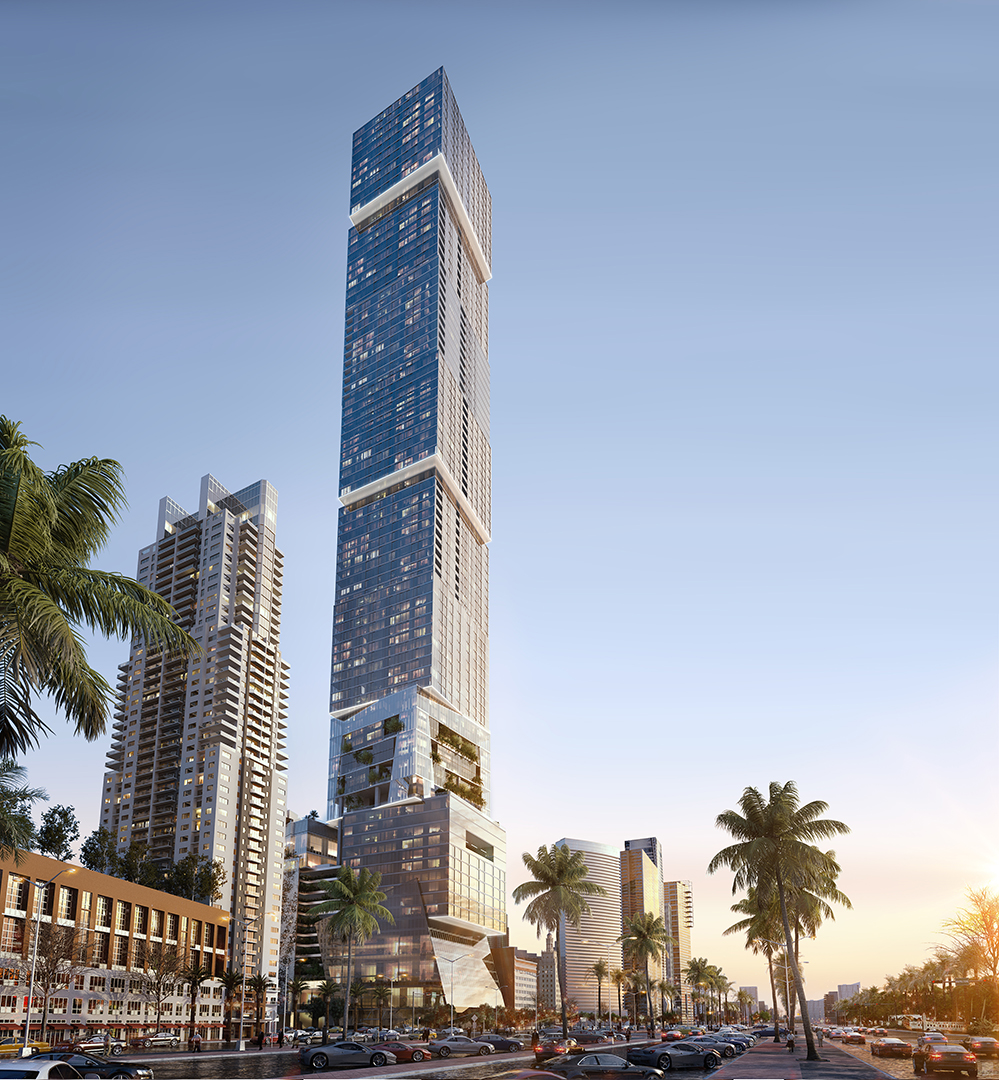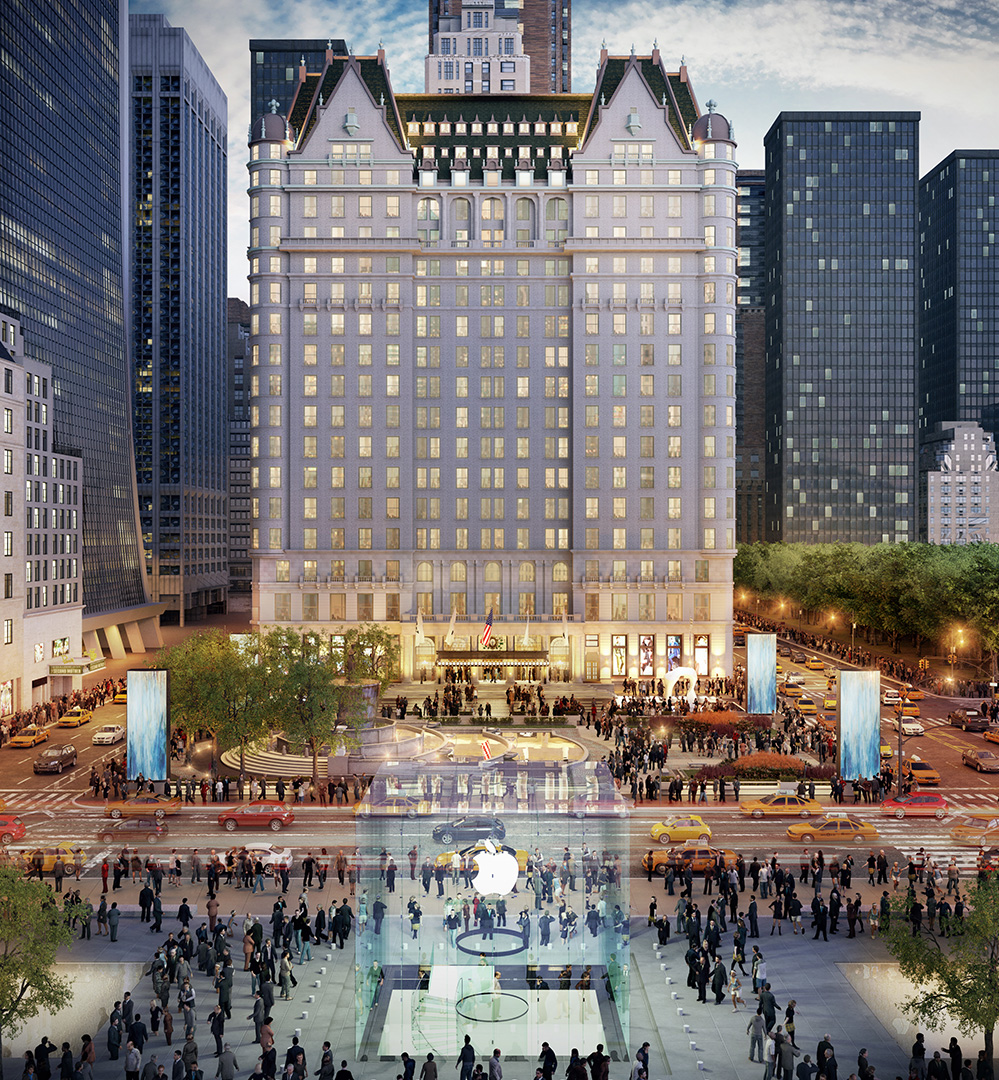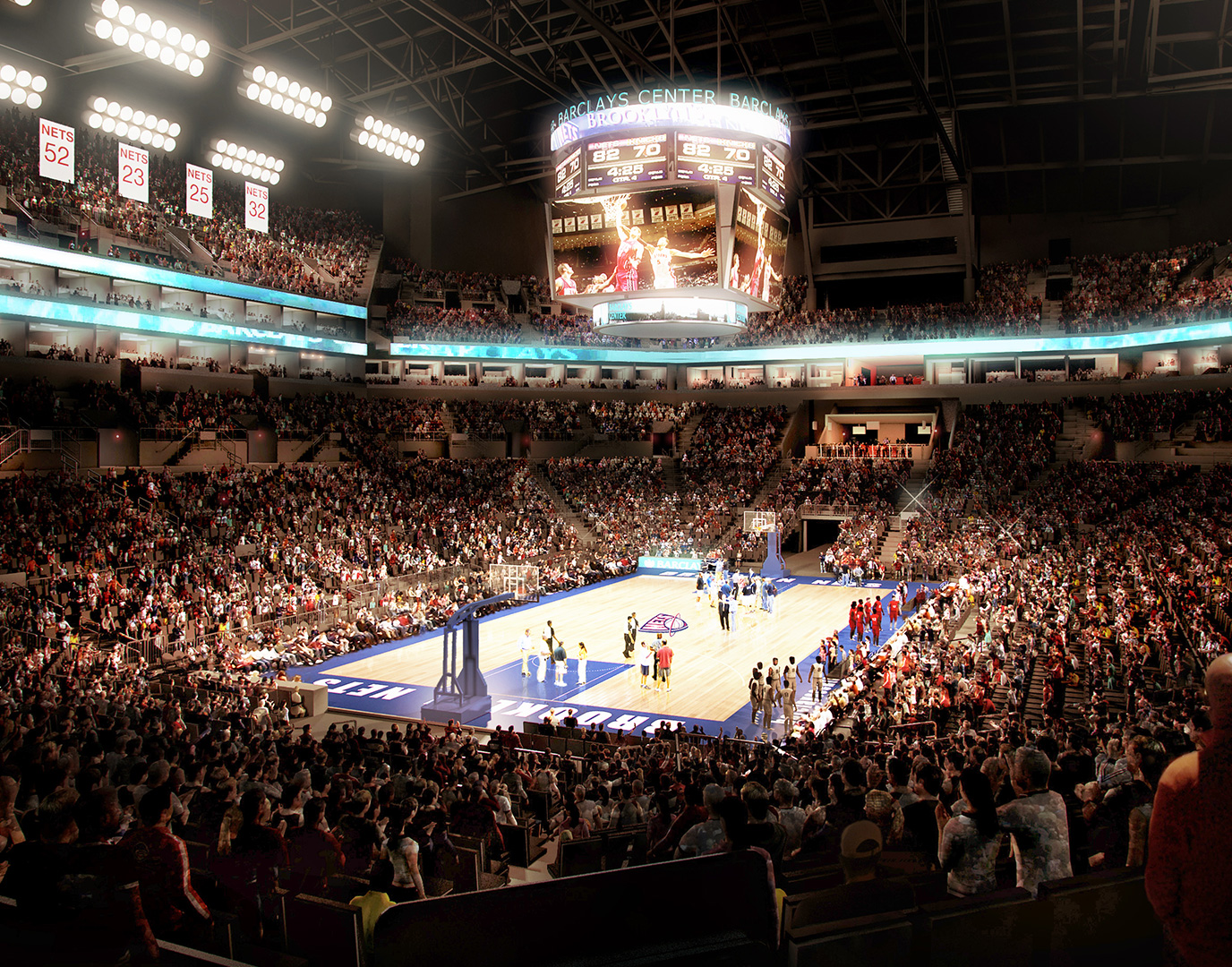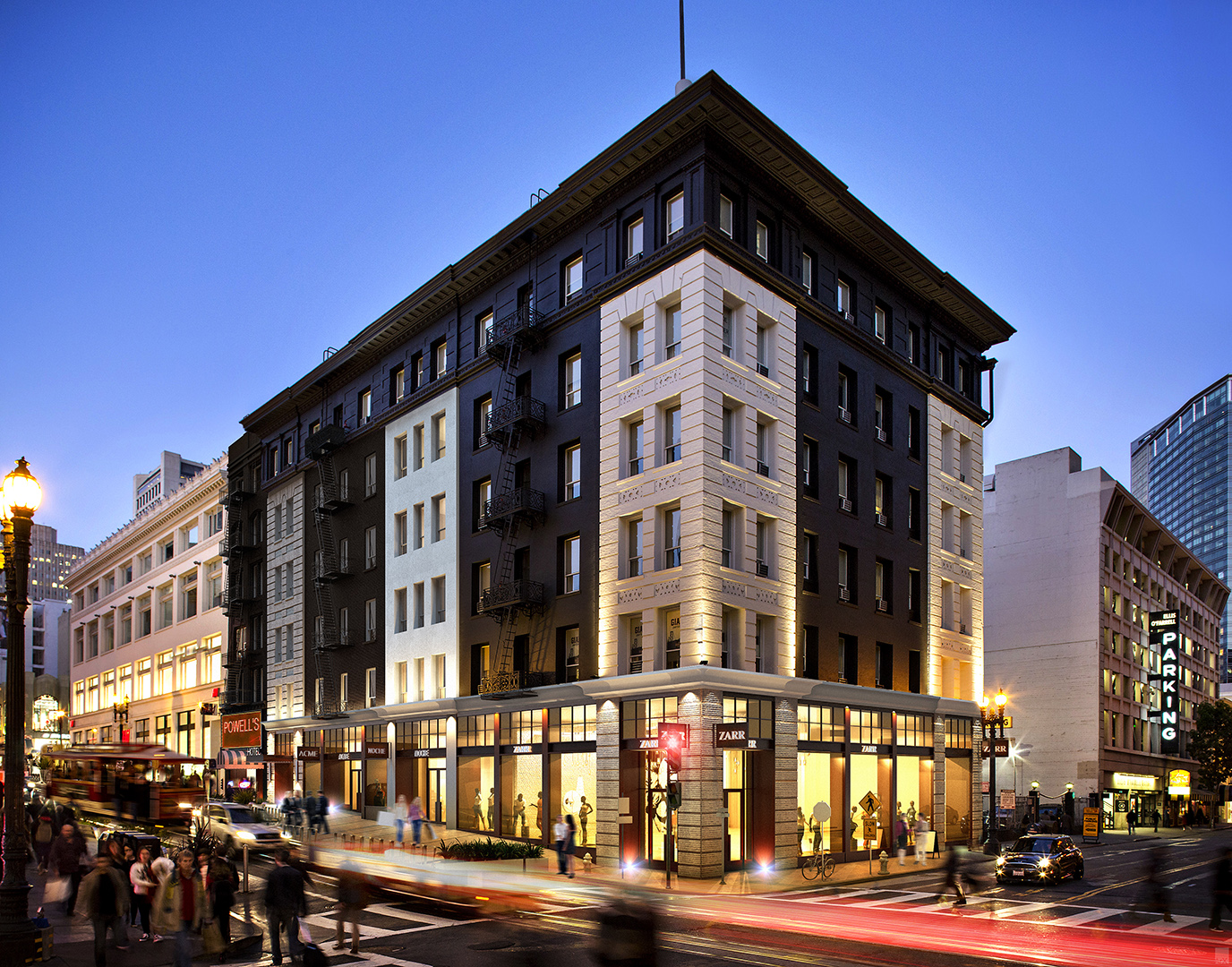Author:AXYZ DESIGN
Date:2019-04-15
INTERVIEW WITH ARX SOLUTIONS
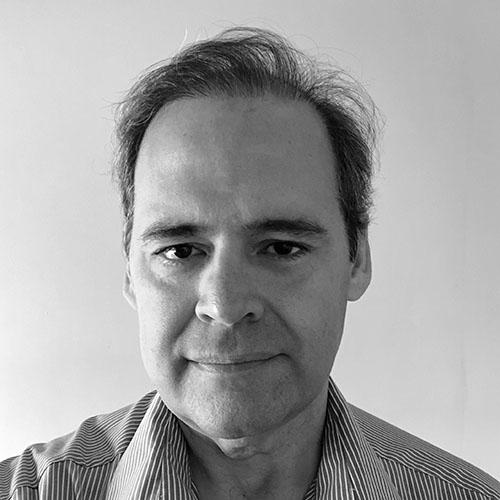
We are proud to present an interview with ArX Solutions, a prestigious architectural visualization studio with offices in Miami (HQ), Madrid and Buenos Aires.
1. Welcome Patricio. Please us something about you, your brother and your professional background.
My brother Gonzalo and I, started ArX Solutions in 1993 in Buenos Aires, Argentina. We are both Architects, and I also studied business administration.
We started as an architectural company that did renderings to show our designs to our potential clients.
2. How and why you come with the idea of working in Architectural visualization?
We created our first performances in 1991 and our first animation in 1992 during university studies. We were creating "computer generated perspectives," as we call them back then, for our own clients. Some of our colleagues and friends were working for large architectural companies and began to commission some graphic representations for their projects. We started doing them as a parallel business until 1997, and from that same year we officially started the Architectural Visualization division.
3. What can you tell us about your company ARX Solutions and its complex combination of international talent? Does each of the team members have different visions of architectural representation influenced by their own culture and professional baggage?
Yes, that is definitely the case. We firmly believe in the talent of our team as a whole and as individuals. Each artist has his own talent, and everything we do is built around that personal talent. We do have a studio aesthetic, but at the same time, we try to encourage each person to add their personal touch, or framing, finishing, etc.
We firmly believe in the talent of our team
as a whole and as individuals.
4. What are the most important characteristics that you choose from an artist to be part of your team?
First of all we look carefully at the Portfolio to have an overall impression of his artistic skills. There must be a "love at first sight" feeling with the work of an artist. The personality is also of fundamental importance to ensure a smooth integration to work with our team. We care a lot about having a work atmosphere that is relaxed, friendly and professional. You can have the best artist, but if he is not in line with the rest of the team, there's no way you can solve that situation. You can make an artist improve his work, learn new techniques and gather better skills, but you can not change his personality.
5. Do you have any tips for someone who might be interested in starting an archviz career at ARX Solutions?
Study, learn, practice, be creative, and most important: push the boundaries.
There’s a famous quote by Picasso that says “Inspiration exists, but it has to find us working”.
To work at ArX Solutions, or any other Real Estate Visualization company, you need to develop your own set of skills and be unique in what you do.
You need to be ready and open to learn, and the only way to do it is by trial and error.
6. You also have a portfolio of international clients. In what way does the culture of each of them influence the way of representing the architectural spaces in your visuals, animations and renders?
It is really important to listen to the client, study their culture, be sure you acknowledge their concerns. In the world there are many different cultures and religions and in some places you must be particularly careful with the way you create your images, animations and VR.
Not only do people have to be represented in the right way, but some other elements such as light are also a very important aspect of the artistic direction of a rendering. The sun, the sky, the clouds and the vegetation look very different in each part of the world. It is essential to be sensitive to this fact in order to be involved with the project and the client's culture.
7. In most of the architectural photography we can find in magazines and books, spaces are always empty. Do you think adding human figures is important for your images? Why?
Yes, it is really important. People give architecture the sense of scale, lifestyle, mood. It is possible that some images do not need people, but in general, I would say that we place people in fifty percent of the interior images and in almost all the exterior ones.
8. How does a high quality asset, like a 3d people, impact the visualization?
A bad asset can completely change the intent of a representation or animation. Ten years ago there were just a few bunch of people in 3D that you could use to populate in a CGI scene since the quality was not realistic enough. That has changed a lot in recent years and today's libraries are fantastic. We used to place 3D people in the background and stock photos in the foreground but with the latest libraries of 3D people we can create interior images in which people are completely 3D and look great.
9. In which images did 3d people take a fundamental role? Please share some.
In each image where we need to show many people, crowds, aerial shots, we use almost exclusively 3D people. For the creation of animations, without any doubt 3d people are fundamental. We have been using anima® in several projects to generate a large number of people. Shooting actors in a green screen is another alternative, but at the same time it is an extremely expensive and compositing process into the 3d scene very complicated. On the other hand, 3D people are great because they "react" to the scene. With anima® we can create large crowds of 3d people walking, taking stairs and ramps, making turns and much more in a fraction of time and the result is much better than when we use green screen images.
With anima® we can create large crowds of 3d people walking, taking stairs and ramps,
making turns and much more in a fraction of time
10. Please tell us something about one of your latest project.
One of the last projects we have been working on is located in the Middle East, but due to the NDA, we can not reveal the exact location and the client. For this reason, the video that we are sharing with you is a brief compilation of a larger video with mixed motion graphics.
The project in which we used an earlier version of anima® in several sequences was made a few years ago, but just now the client allowed us to show it publicly. It is a very complicated landscape project in which both the landscaping company and the client were very demanding with the type of vegetation that should be used in the images. They were intransigent with the appearance of each plant, tree, bush. In just one month, and after several changes and revisions, we were able to develop all the animation. It has been exhausting!
11. How useful has our products and specially anima been to create 3d people crowds for your projects?
anima® has saved us hours, if not days, of work. We used to place people one by one in a crowd, making sure they did not collide with each other. anima® is the tool we use every day to populate or scenes. It has a new feature to change the color of the clothes of each character in order to have more variety of people without distinguishing repetitions.
12. What other tools would you consider indispensable for your work?
V-Ray is our main rendering engine while ForestPack® and RailClone® are other of our main tools. Then there are a lot of scripts, some of them created in house, some commercial ones, that we use on a daily basis.
13. Archviz used to be very static. Do you see more architects producing dynamic archviz projects and interactive VR experiences?
It is definitely a “landscape in constant change”. Architects can now verify their designs in virtual reality, something impossible in the past. We recently delivered, for a prestigious architectural firm in London, a VR project carried out in Unreal with many people walking. Observing people on a real scale while passing by you was very impressive.
Many architectural firms are trying to provide representations and animations as part of their scope of work, ultimately failing to deliver an outstanding product.
In the world of high-end real estate, you must pay close attention to details, framing, lighting. Most architectural firms do not have the time and technical capacity to offer a quality product. It is here that ArX Solutions can offer developers a higher level of perception and communication of the projects to their potential buyers.
14. What major trends do you see in archviz?
In a short time, everything is becoming real-time rendering. We firmly believe that the current ecosystem will change forever very soon.
The possibility of working with a single workflow with the potential of outputting either images, animations or VR according to your project or client needs will have a strong impact on our industry.
Waiting hours to get a single rendered image will be part of the past sooner than most people expect.
15. Are there any future projects you can tell us about?
We have many really interesting projects in the pipeline. We are working on what will be the tallest building in New York City, which is confidential at the moment, and also the tallest one South of New York, which is going to be the Waldorf Astoria Miami. We are also working on the New Cairo Capital City where we used anima® in several areas. Soon a cut of the original animation will be available on our website.
MAIN OFFICES:
SPAIN
MADRID (HQ)
Plaza de España 10,
1era Planta Pta Izquierda CP 28008
(+34) 910 609 554
USA
MIAMI
1805 Ponce de León Blvd.
Suite PH 501, Fl 33134
(+1) 305-443-7733
ARGENTINA
BUENOS AIRES
Avenida Roque Saenz Peña 825
Suite 601, CP C1246EZC
(+54-11) 5199-3322
WEBSITE:
These images have been done using anima® PRO and metropoly® Ready-Posed 3d people models:
